Top 5 U.S. Wildlife Refuges That Allow Kayak Angling
America’s national wildlife refuges offer some of the most pristine and productive fishing waters in the country, with many allowing anglers to explore via kayak. These protected areas provide a unique opportunity to cast your line in unspoiled environments while surrounded by diverse ecosystems and abundant wildlife. Kayak angling in these refuges combines the serenity of paddling through natural landscapes with the thrill of catching fish in waters often less pressured than more accessible fishing spots. From coastal marshes teeming with redfish to crystal-clear Florida springs hiding trophy bass, these five wildlife refuges represent the cream of the crop for paddle-powered fishing adventures.
J.N. “Ding” Darling National Wildlife Refuge – Florida

Situated on Sanibel Island along Florida’s Gulf Coast, the J.N. “Ding” Darling National Wildlife Refuge offers kayak anglers a paddling paradise among mangrove forests and shallow seagrass flats. The refuge encompasses nearly 6,400 acres of protected habitat, with a network of waterways that are perfect for kayak navigation and fishing. Anglers can target snook, redfish, spotted seatrout, and tarpon while navigating through the quiet backwaters and mangrove tunnels. The refuge’s famous Wildlife Drive includes several kayak launch points, making it easy to access prime fishing areas even for newcomers to the area.
The Unique Ecosystem of “Ding” Darling
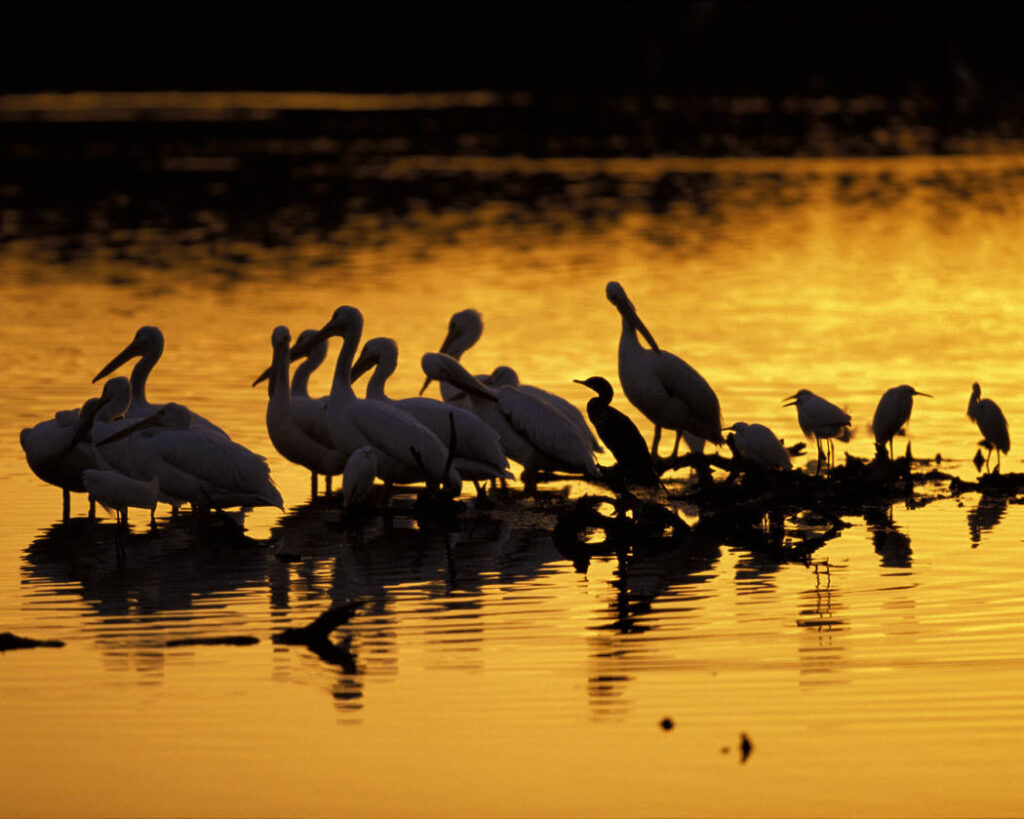
The “Ding” Darling refuge represents one of the largest undeveloped mangrove ecosystems in the United States, providing critical habitat for numerous fish species and their prey. Tidal movements create a constantly changing environment where nutrient-rich waters support a complex food web that ultimately benefits anglers. The mangrove root systems serve as nurseries for juvenile gamefish, while the deeper channels house larger specimens that provide exciting angling opportunities. Water clarity varies seasonally, with winter months typically offering better visibility for sight fishing – a preferred technique for many kayak anglers targeting the flats.
Best Fishing Tactics at “Ding” Darling
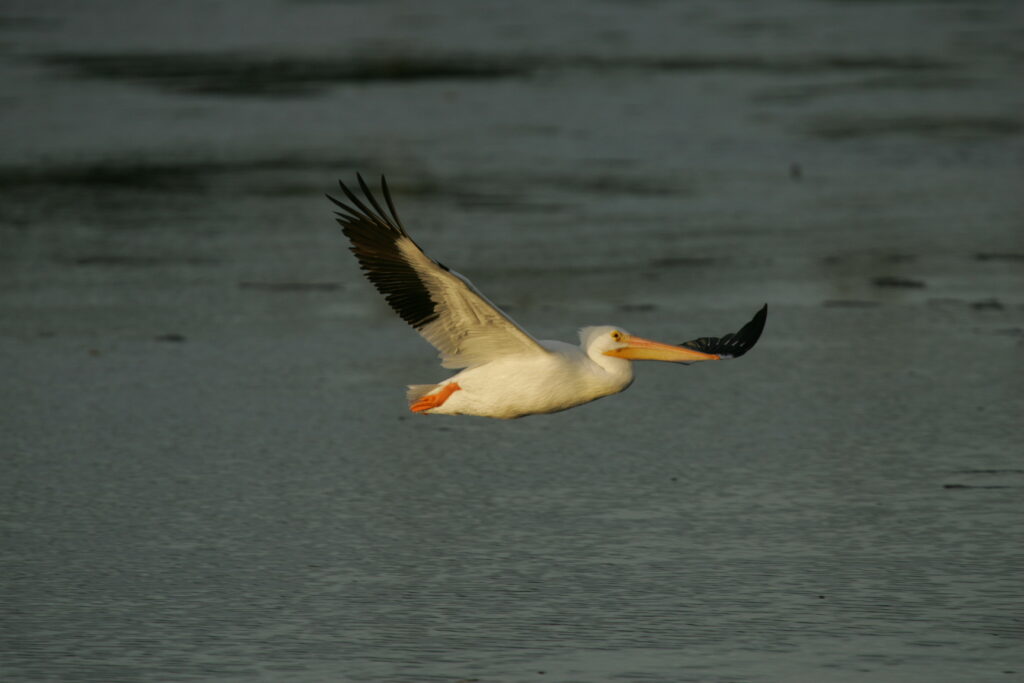
Anglers visiting “Ding” Darling should plan their fishing around tidal movements, as the changing water levels significantly impact fish behavior and location. Incoming tides bring baitfish and predators into the mangrove systems, while outgoing tides often concentrate fish in deeper channels and potholes. Light tackle spinning gear with 10-20 pound test line works well for most species, paired with soft plastic jerkbaits, weedless spoons, and topwater plugs. Fly anglers will find excellent opportunities to target redfish and snook with 7-9 weight rods and flies that imitate local baitfish, shrimp, and crabs.
Blackwater National Wildlife Refuge – Maryland
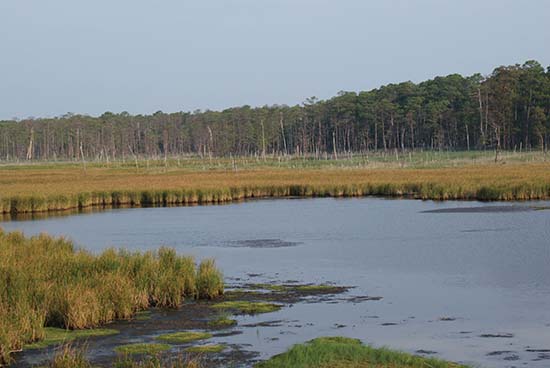
Located on Maryland’s Eastern Shore, Blackwater National Wildlife Refuge offers kayak anglers over 28,000 acres of tidal marshes, forests, and open water to explore. This Chesapeake Bay treasure provides outstanding opportunities for catching largemouth bass, chain pickerel, white perch, and catfish in a serene setting. The refuge’s extensive water trails wind through marshlands populated with bald eagles, osprey, and countless waterfowl, creating an immersive wildlife experience while fishing. Multiple launch sites throughout the refuge give anglers options for targeting different areas depending on seasonal patterns and water conditions.
Blackwater’s Seasonal Fishing Opportunities
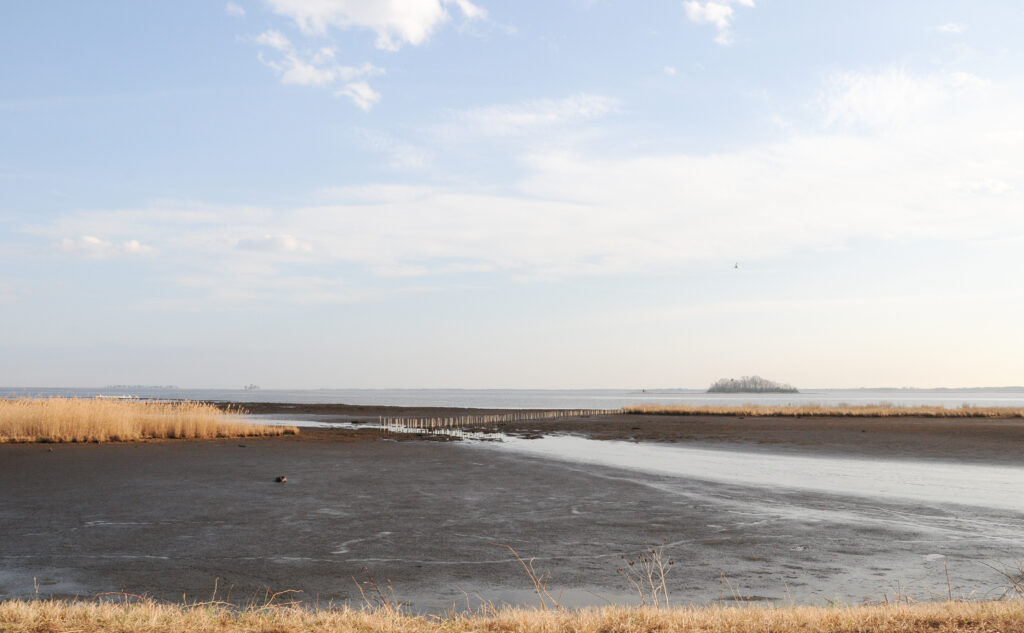
Blackwater’s fishing quality changes dramatically with the seasons, offering different angling experiences throughout the year. Spring brings aggressive pre-spawn bass and pickerel that eagerly strike lures around emerging vegetation and structure. Summer fishing focuses on early mornings and evenings when fish become more active in the shallows, often producing exciting topwater action. Fall creates excellent conditions as cooling water temperatures trigger feeding frenzies among resident gamefish, particularly bass that bulk up for winter. Winter anglers who brave the cold can find concentrations of fish in deeper channels and holes where the water remains slightly warmer.
Navigating Blackwater’s Waters
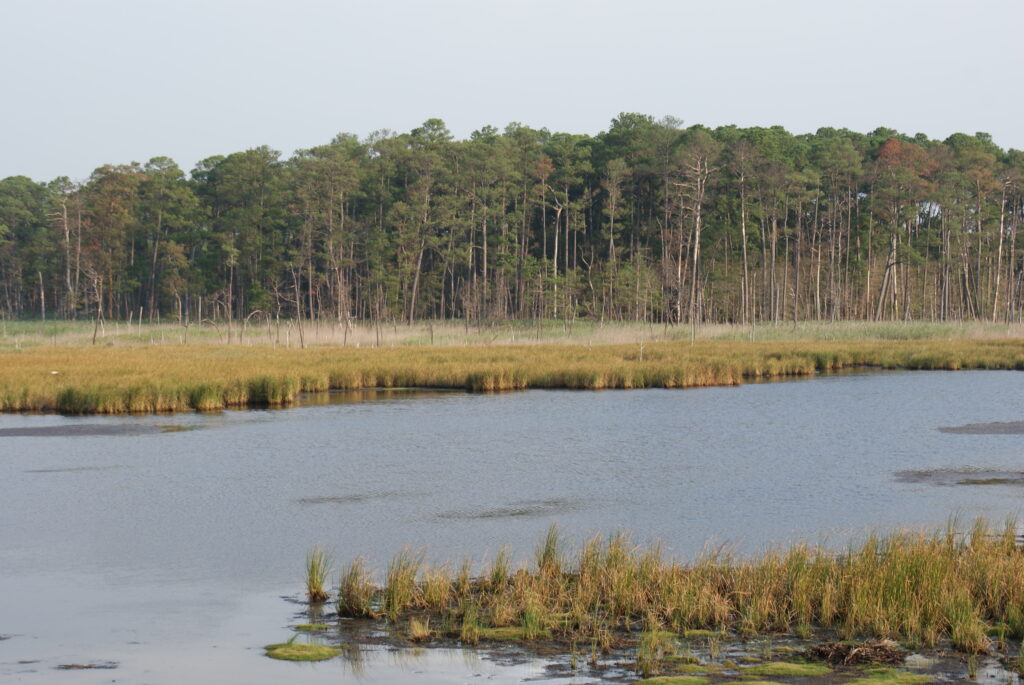
Kayak anglers should be aware of Blackwater’s sometimes challenging navigation, with shallow areas, submerged logs, and thick vegetation potentially restricting passage during certain seasons. Tidal influences affect water levels throughout much of the refuge, changing access conditions and fish locations throughout the day. The refuge’s official water trails provide the most reliable routes, with maps available at headquarters and online to help plan your fishing expedition. Weather conditions on Blackwater can change rapidly, so checking forecasts and bringing appropriate safety gear is essential for a successful kayak fishing trip.
Lower Suwannee National Wildlife Refuge – Florida
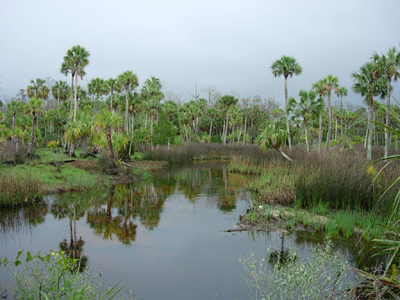
Spanning over 53,000 acres along Florida’s Gulf Coast, the Lower Suwannee National Wildlife Refuge offers kayak anglers a diverse fishing experience where freshwater and saltwater species overlap. The refuge encompasses the final miles of the historic Suwannee River and adjacent coastal marshes, creating a unique estuary system rich in gamefish. Anglers can target redfish, speckled trout, and flounder in the saltier sections, while largemouth bass, bream, and catfish dominate the freshwater areas. Multiple access points allow paddlers to tailor their fishing trips to target specific species or explore different habitat types.
The Suwannee River’s Fishing Heritage

The Suwannee River holds special significance in Florida’s fishing heritage, with generations of anglers drawn to its productive waters and natural beauty. This blackwater river, stained by tannins from decomposing vegetation, creates a distinctive environment where fish adapt to low visibility conditions. The river’s limestone outcroppings and submerged timber provide excellent structure for gamefish, particularly bass that ambush prey around these features. The refuge protects a crucial section of this iconic waterway, ensuring its fishing traditions can continue for future generations in an unspoiled setting.
Best Fishing Areas in Lower Suwannee
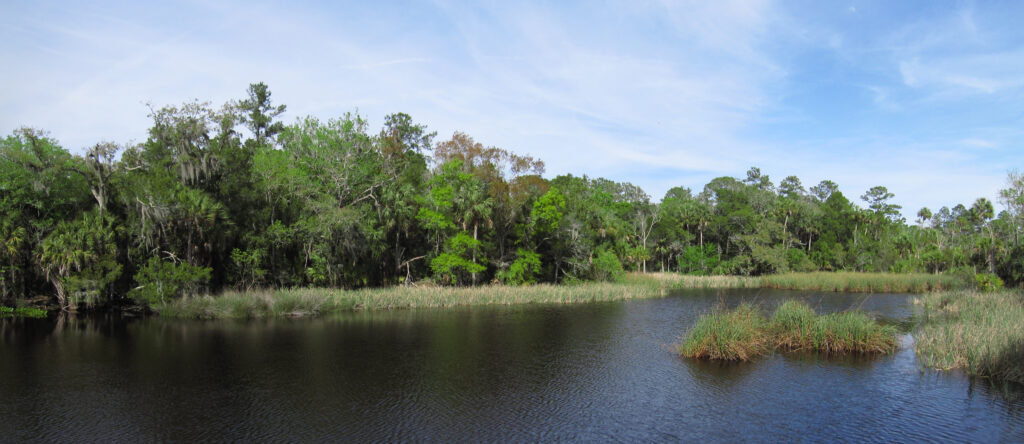
Kayak anglers visiting Lower Suwannee should consider exploring the creek mouths where freshwater meets saltwater, creating prime feeding zones for multiple species. These transitional areas often hold the greatest concentration of gamefish, particularly during tidal movements that transport nutrients and baitfish. The numerous oyster bars and grass flats near the river mouth provide excellent redfish and trout habitat, especially during higher tide stages. Upstream sections with deeper holes and river bends concentrate larger bass and catfish, particularly during periods of lower water or temperature extremes.
Chassahowitzka National Wildlife Refuge – Florida
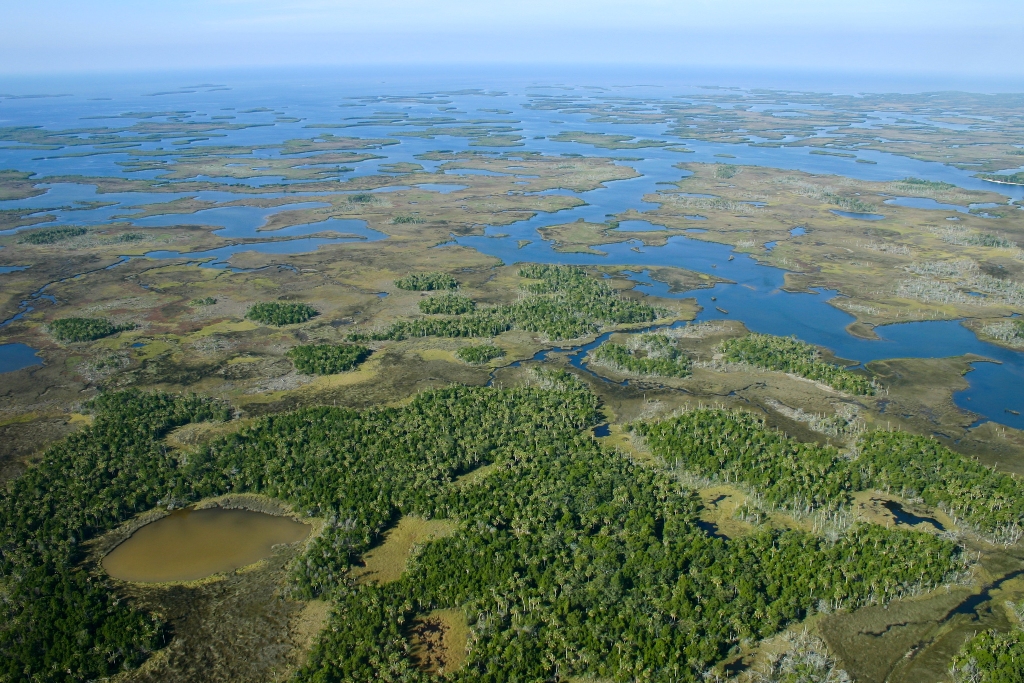
The Chassahowitzka National Wildlife Refuge on Florida’s Nature Coast offers kayak anglers over 31,000 acres of pristine coastal habitat characterized by spring-fed rivers, tidal creeks, and salt marshes. This less-traveled gem provides outstanding opportunities for catching redfish, snook, spotted seatrout, and tarpon in crystal-clear waters. The refuge’s namesake river and its tributaries create a maze of paddling opportunities where anglers can explore various habitats while targeting different species. The area’s spring-fed waters maintain consistent temperatures year-round, creating a reliable fishery even during seasonal weather extremes.
Chassahowitzka’s Unique Spring Systems
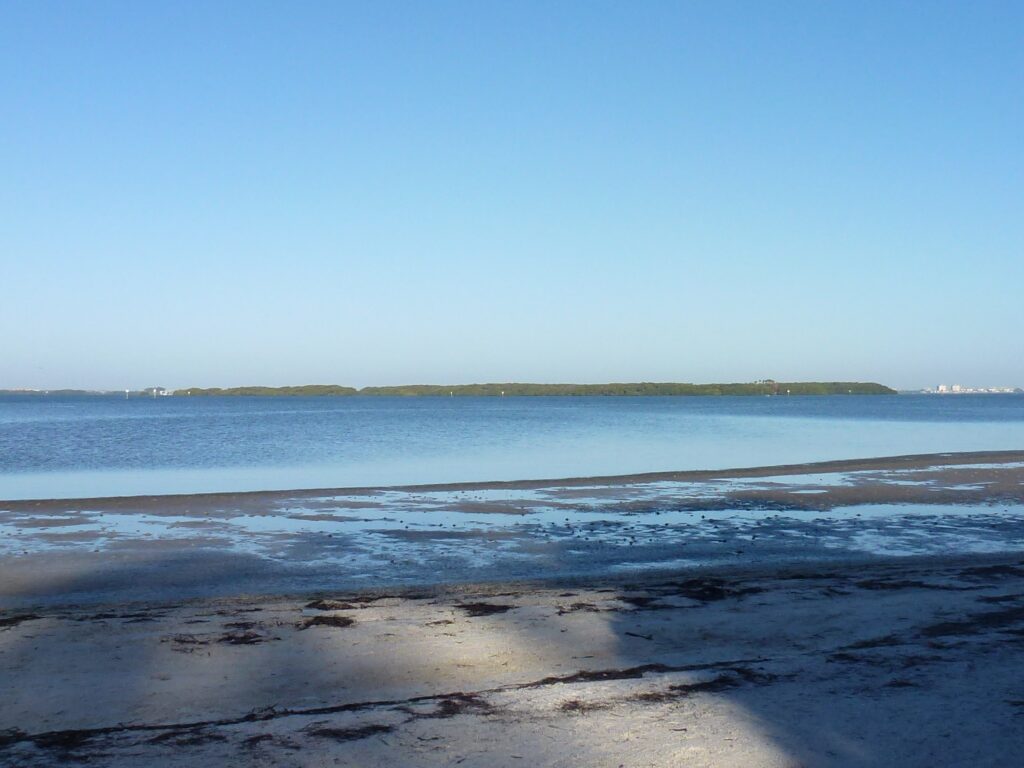
What makes Chassahowitzka truly special for kayak anglers is its network of freshwater springs that create exceptional water clarity for sight fishing opportunities. The main Chassahowitzka spring pushes millions of gallons of 72-degree water daily, creating ideal habitat for fish year-round. Smaller springs throughout the system, like Baird Creek and Salt Creek, offer intimate fishing experiences where anglers can often spot fish before casting. This clarity allows for precision presentations to specific targets, making it ideal for both conventional and fly fishing techniques in a setting rarely found elsewhere in Florida.
Wildlife Encounters While Fishing Chassahowitzka

Fishing at Chassahowitzka offers more than just angling opportunities, with remarkable wildlife encounters enhancing the experience. West Indian manatees frequently visit the springs, particularly during winter months when they seek warmer waters. River otters, alligators, and numerous wading birds create a wilderness atmosphere that reminds anglers they’re fishing in a true wildlife sanctuary. Bottlenose dolphins occasionally venture into the lower sections of the river system during higher tides, sometimes herding baitfish and creating feeding frenzies that anglers can target. These wildlife encounters add an extraordinary dimension to the fishing experience that makes Chassahowitzka particularly memorable.
Havasu National Wildlife Refuge – Arizona/California
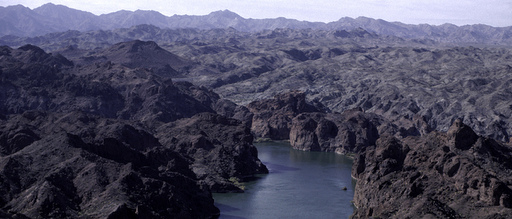
Straddling the Arizona-California border along the Colorado River, Havasu National Wildlife Refuge offers desert kayak anglers a striking contrast to coastal refuges with its combination of river channels, backwater lakes, and marsh habitats. The refuge protects 37,500 acres of critical wetlands in the Sonoran Desert, creating a fishing oasis that supports largemouth bass, striped bass, channel catfish, and various panfish species. The famous Topock Gorge section provides one of the most scenic kayak fishing experiences in the Southwest, with colorful canyon walls rising dramatically above the water. Multiple launch sites throughout the refuge allow anglers to access different sections depending on their target species and preferred fishing environments.
Topock Gorge’s Unique Fishing Experience
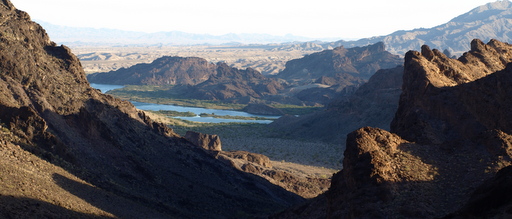
The Topock Gorge section of Havasu refuge creates a truly special environment for kayak anglers seeking a wilderness experience combined with quality fishing. This 4-mile canyon stretch features dramatic rock formations, desert bighorn sheep habitat, and protected waters perfect for paddling and casting. Bass fishing thrives here, with structure-oriented largemouth holding around submerged rock piles, vegetation edges, and fallen trees. The gorge’s twisting nature creates numerous eddies and current breaks where predatory fish ambush prey, providing consistent action for observant anglers. Water levels fluctuate based on dam releases upstream, sometimes affecting fishing conditions and navigability for kayakers.
Desert Fishing Considerations at Havasu
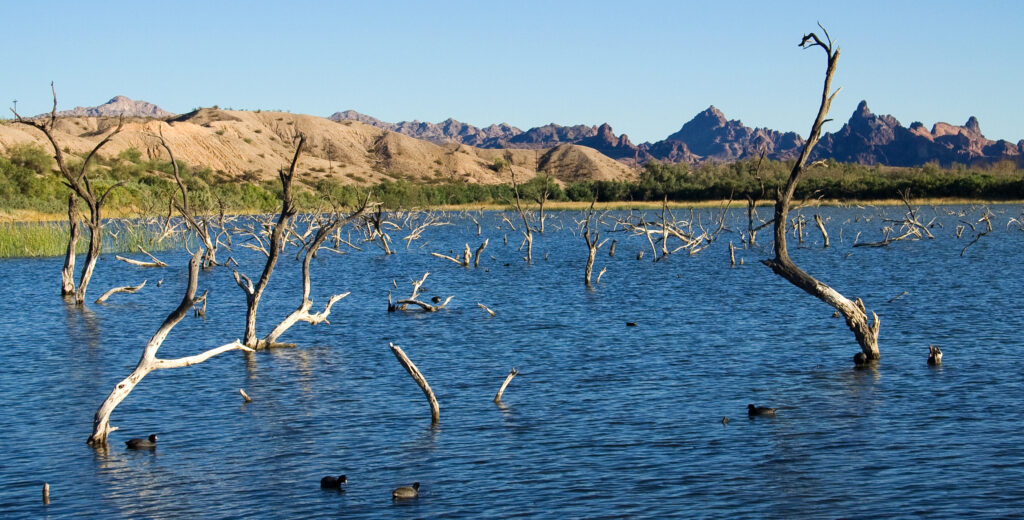
Fishing in Havasu requires special considerations due to its desert environment, with extreme summer temperatures making early morning and evening fishing essential during warmer months. Winter brings milder conditions but can include occasional cold fronts that temporarily slow fishing activity. The refuge’s abundant sunshine creates exceptional sight fishing opportunities, with polarized sunglasses being essential equipment for spotting fish in the clear waters. Proper hydration, sun protection, and heat awareness are crucial safety factors when kayak fishing this refuge, regardless of season. The desert setting creates a stark but beautiful backdrop for fishing adventures that contrast dramatically with more typical forested or coastal refuge experiences.
Tips for Successful Wildlife Refuge Kayak Angling
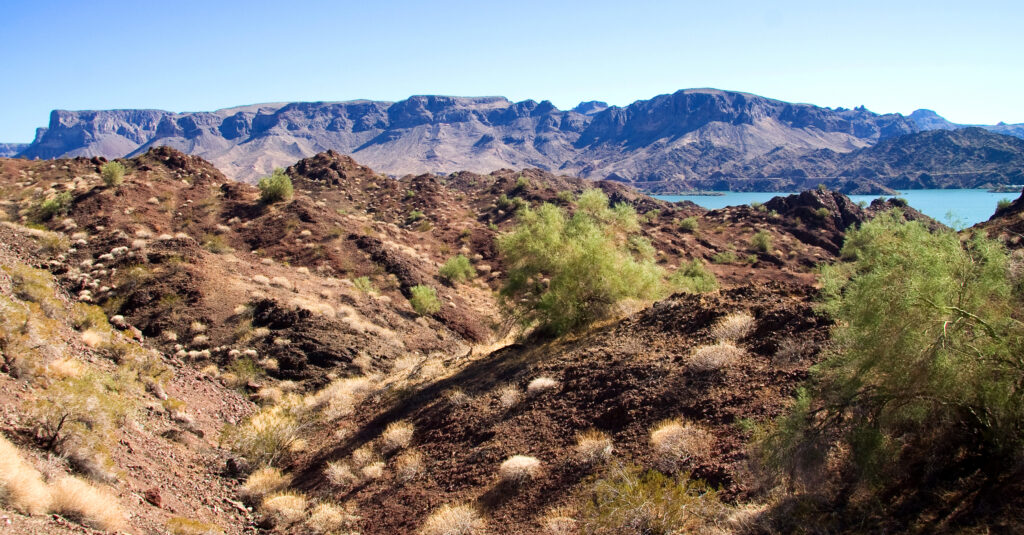
Successful kayak angling in wildlife refuges requires specialized approaches that differ from fishing in more developed areas. Understanding and respecting refuge-specific regulations is essential, as many have unique rules designed to protect wildlife and habitat while allowing recreational fishing. Practicing stealthy paddling and fishing techniques becomes particularly important in these protected waters, where fish often experience less pressure but may be more sensitive to disturbance. Bringing appropriate navigation aids like GPS units or physical maps helps anglers explore unfamiliar waters safely while finding productive fishing spots. Considering seasonal wildlife activities, such as nesting birds or migrating waterfowl, ensures your fishing activities minimize disturbance to the very ecosystems that make these refuges special.
Conservation Considerations for Refuge Anglers
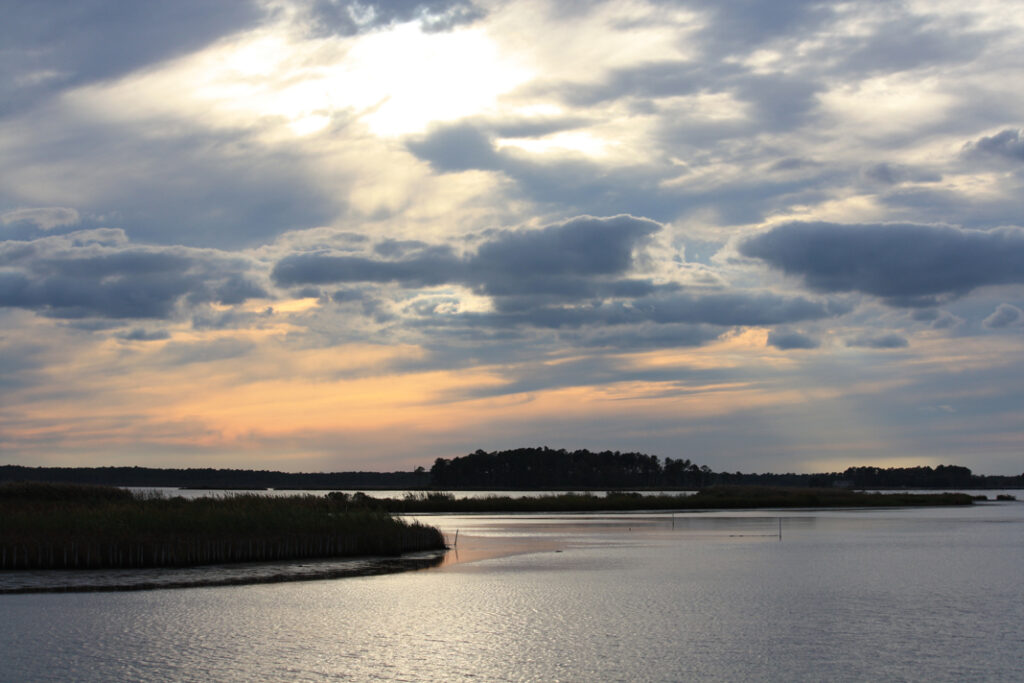
Anglers visiting national wildlife refuges have a special responsibility to practice conservation-minded fishing that preserves these special places for future generations. Using barbless hooks facilitates quicker releases with less fish handling, reducing stress on caught fish and improving their survival rates. Properly disposing of fishing line and other tackle prevents wildlife entanglement issues that can harm birds and aquatic creatures. Many refuges encourage catch-and-release fishing, particularly for larger breeding-sized specimens that contribute disproportionately to future fish populations. Supporting refuge conservation efforts through volunteer work, donations, or simply following regulations helps ensure these remarkable fishing destinations remain viable for years to come.
Conclusion: The Privilege of Refuge Fishing
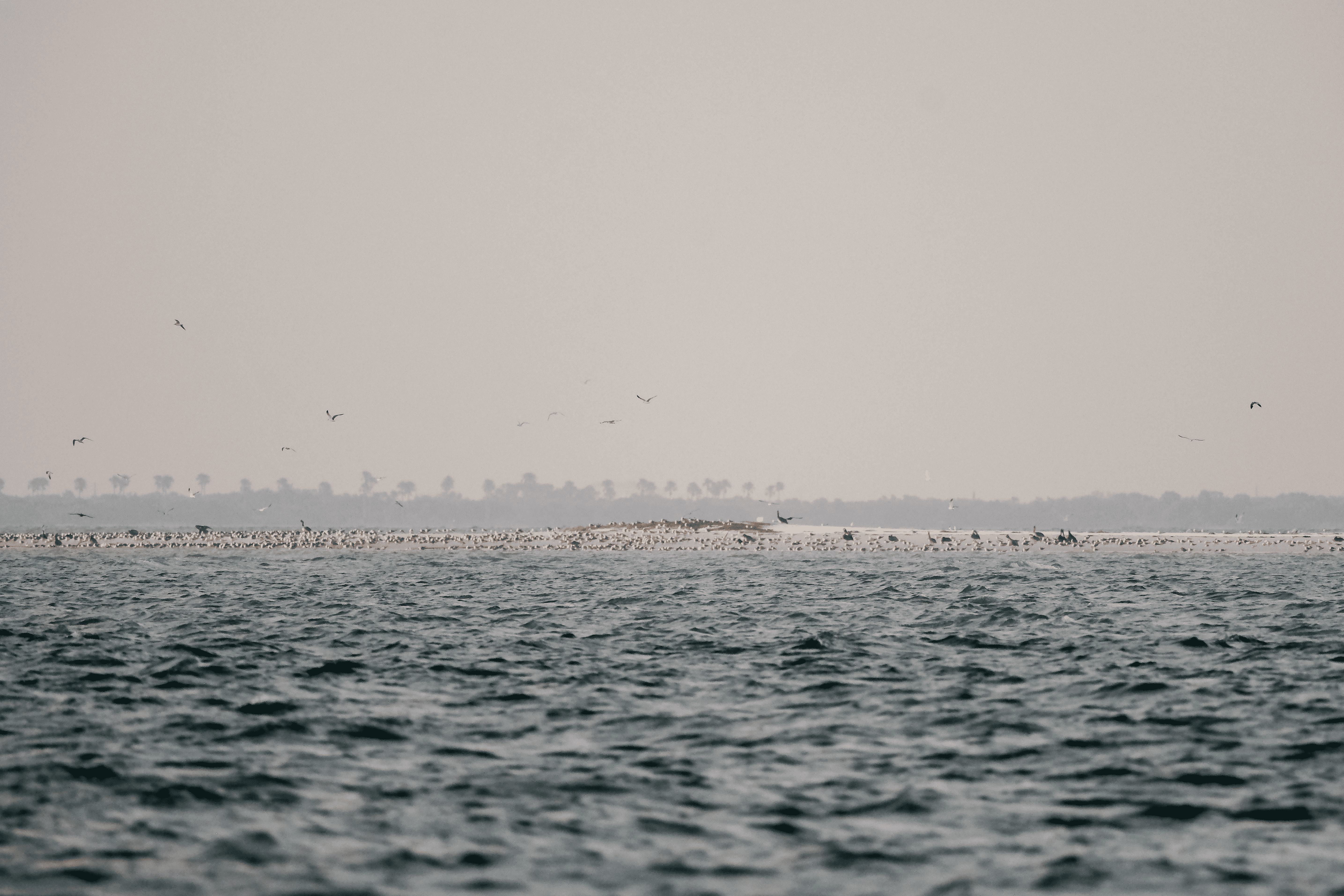
Fishing in America’s wildlife refuges represents a special privilege that connects anglers to some of the country’s most pristine waters and unspoiled landscapes. These five destinations showcase the diversity of fishing opportunities available within the refuge system, from coastal mangroves to desert canyons and everything in between. The combination of quality fishing, natural beauty, and wildlife encounters creates memorable experiences that transcend typical angling trips. As climate change and development pressure continue affecting many fishing destinations, these protected areas grow increasingly valuable as both ecological sanctuaries and recreational resources. For kayak anglers willing to paddle a bit further and fish with conservation in mind, these refuges offer some of the most rewarding fishing experiences available in public waters.


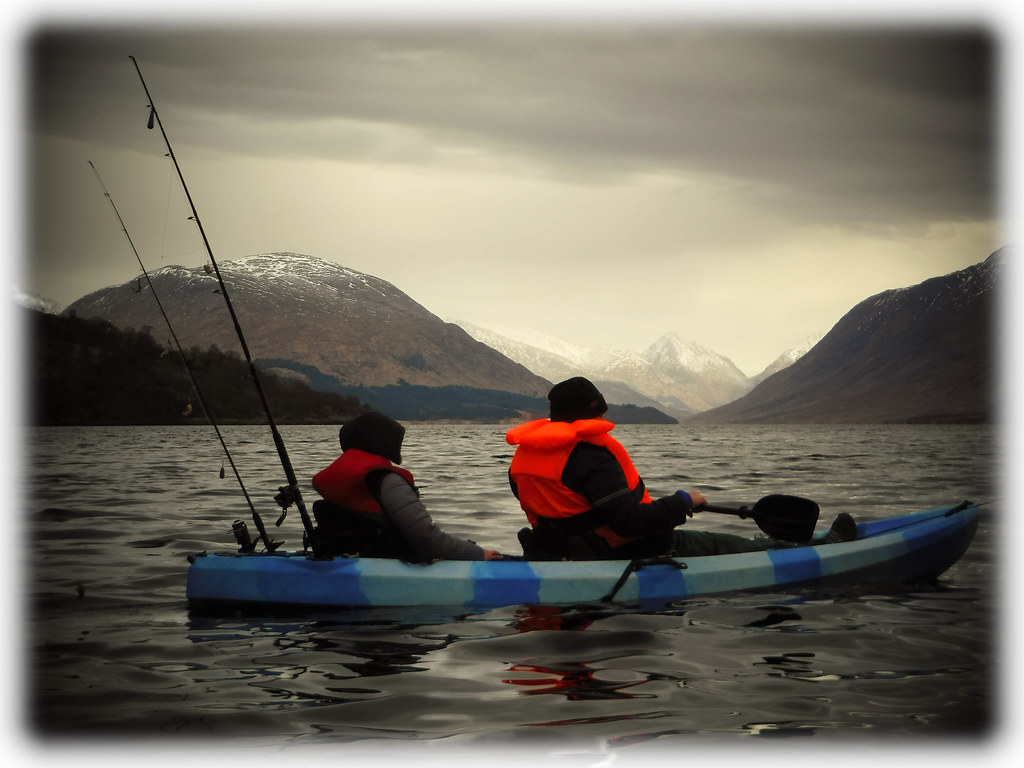











Post Comment